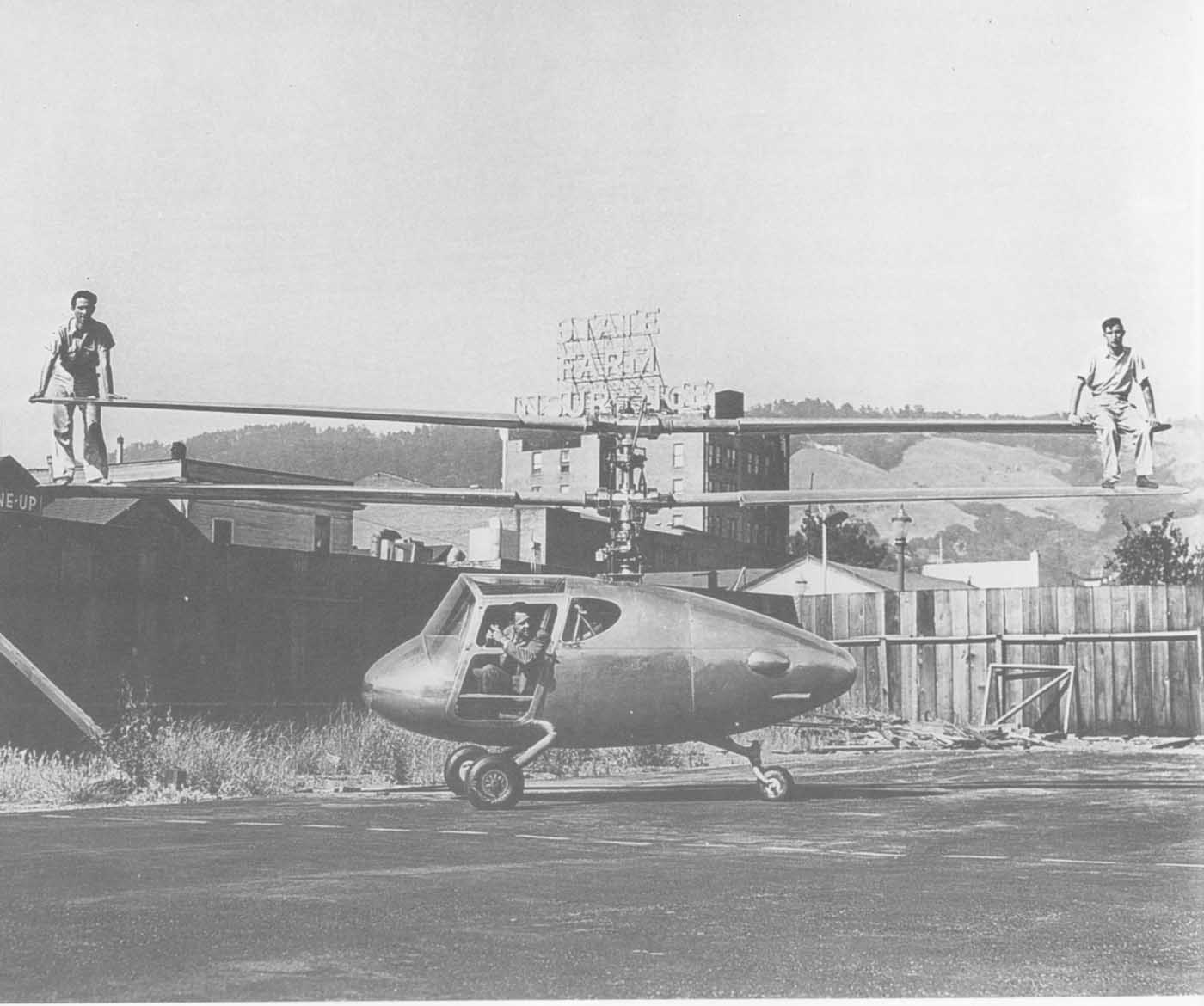- Joined
- 18 October 2006
- Messages
- 4,211
- Reaction score
- 4,921
... and a downwash/outwash of a Saturn 5!From Flying 1956-6,
it had a double deck.
... and a downwash/outwash of a Saturn 5!From Flying 1956-6,
it had a double deck.
Looks similar to the STORC concept, which would have used the fixed rotor
as a wing (NOT in flight, so it wouldn't have been a truecompound !)
has anyone this Journal ?.
The Storc Approach to the Helicopter Ferry Problem: Ingenta Connect
www.ingentaconnect.com
Lockid had a similar concept for their Stol aircraft, if I'm wrong, correct me
Lockid had a similar concept for their Stol aircraft, if I'm wrong, correct me
Lockid had a similar concept for their Stol aircraft, if I'm wrong, correct me
I don't understand.
Yes LockheedLockid had a similar concept for their Stol aircraft, if I'm wrong, correct me
I don't understand.
You meant Lockheed ?.
Yes Lockheed
I don't know exactly what the marking was but it was something like a fighter plane.And a rotor like from a uh-1 irkorez that was assembled into the body of the planeYes Lockheed
You may mean CL-945 ?.

It was called Hiller Model-1029.
Vertiflite 1956.
What especially strikes me is how everyone seems willing to reinvent the wheel when most of the VTOL technology has been studied in depth for 50 years. Although engine technology has evolved, the most recent VTOL prototypes are almost identical to proposals from the 1960s or early 1970s in terms of configuration, capability, etc.How times and culture change. When I was a kid, the DoD would try anything VTOL, just to see if it would work. Now we wring our hands at putting a new camera on the nose.
Hi,
the Hiller two giant helicopter projects,one as a flying crane,
and the other as large transport.
http://www.flightglobal.com/PDFArchive/View/1963/1963 - 1208.html
